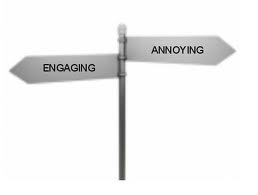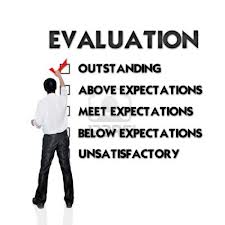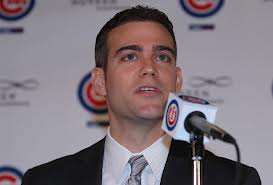 On May 9, 2012, I blogged about something I thought was the next best thing since sliced bread. It was a post titled “FREE fundraising movies every Monday morning? Sign me up!” Not only did I write about this awesome service, but I took my own advice and signed up. I just love starting my week off with a short three-minute video nugget of fundraising goodness. So, when I opened yesterday’s Monday morning movie email and saw that the topic was “Articulating your vision to inspire others to give,” I knew it was going to be a great week.
On May 9, 2012, I blogged about something I thought was the next best thing since sliced bread. It was a post titled “FREE fundraising movies every Monday morning? Sign me up!” Not only did I write about this awesome service, but I took my own advice and signed up. I just love starting my week off with a short three-minute video nugget of fundraising goodness. So, when I opened yesterday’s Monday morning movie email and saw that the topic was “Articulating your vision to inspire others to give,” I knew it was going to be a great week.
One of the reasons I love these Monday morning fundraising videos is because they always make me stop and think. Yesterday’s video didn’t disappoint. It made me stop and think about my last few donor interactions. It even caused me to reflect back on the last time I was solicited by a charity. In this reflection exercise, here is what I found:
- Sometimes my solicitation visits focus on big picture stuff like “mission.” These discussions focus on the question of WHY. They are 50,000 foot discussions, and some donors like to hear this message over and over again.
- Sometimes my solicitation visits focus on big picture stuff like “vision.” These discussions focus on the question of WHERE (and a case can be made for WHY). They are also 50,000 foot discussions.
- Sometimes my solicitation visits focus on the little picture stuff like “programming.” These discussions focus on the question of HOW (and a case can be made for WHAT). They are not 50,000 foot discussions. These conversations are in the trenches.
- Sometimes, when I am having a good day and the donor is generous with their time, my solicitation visits are a combination of the last three bullet points.
The interesting thing I discovered when looking back is that each of those solicitation calls looked really different because each donor imposed their own set of constraints on the visit. One donor only had 15 minutes to give me; whereas, another donor is a real detail freak.
I’ve been known to say things like, “The golden rule in fundraising is ‘Know Thy Donor‘” or “Donors are like snowflakes because they’re all different“.
I am inclined to double down on these last two opinions after thinking about my last few solicitation visits. However, if you want to make a generalization about fundraising and donors, then this week’s Monday Fundraising Movie makes a great point. Many of us are getting so wrapped up in demonstrating ROI to our donors that our case for support drifts toward disproportionately talking about programming. This can limit our effectiveness because many donors give because they are inspired to do so, and many of the inspirational tools in our fundraising toolbox deal with our vision.
 The next time you find yourself sitting down with a donor, try sticking to this simple script:
The next time you find yourself sitting down with a donor, try sticking to this simple script:
- Tell them about the need in your community. Share a few statistics with them, but personalize it with a story about one of your clients.
- Tell them about the vision your agency has for the future and how it impacts the need you just shared with them.
- Tell them about how you know your agency is on the right path toward achieving this vision. Share a few outcomes/impact statistics with them, but personalize it with a story about one of your clients.
- Of course, end all of this by asking for the donation or pledge.
If you practice, I bet you can do this in 15 minutes. I also suspect that you will become one very effective fundraiser.
Has your agency’s case for support started leaning more towards programming and operations in recent years? What have your last few solicitations looked and sounded like? What do you like to hear when getting solicited by other charities? Please scroll down and share your thoughts in the comment box below. We can all learn from each other.
Here’s to your health!
Erik Anderson
Founder & President, The Healthy Non-Profit LLC
www.thehealthynonprofit.com
erik@thehealthynonprofit.com
http://twitter.com/#!/eanderson847
http://www.facebook.com/eanderson847
http://www.linkedin.com/in/erikanderson847
















